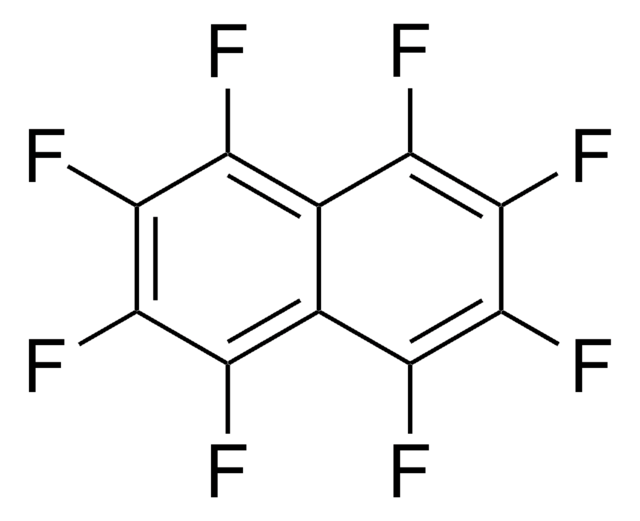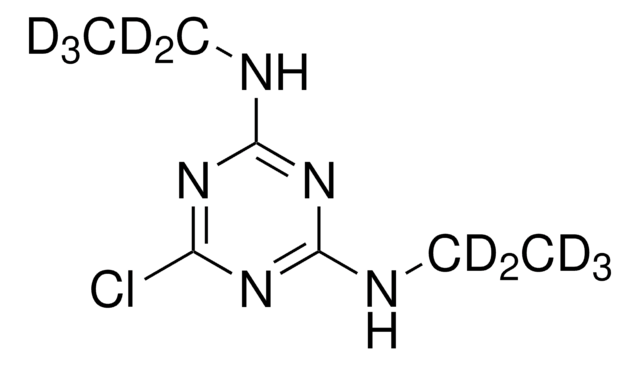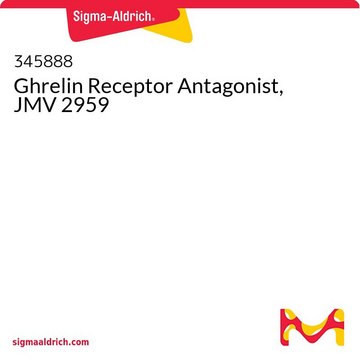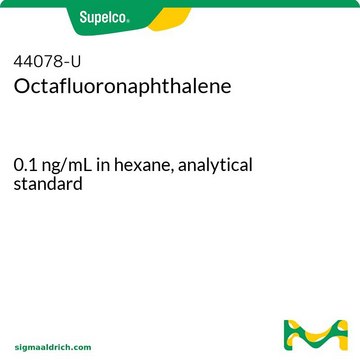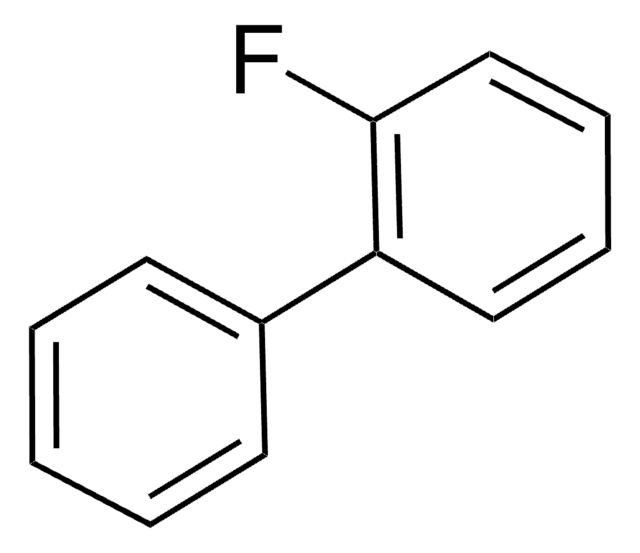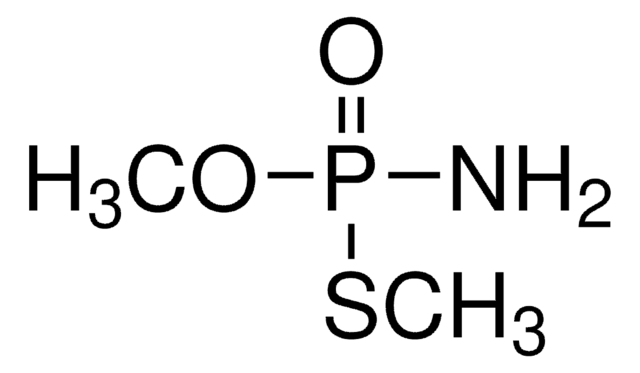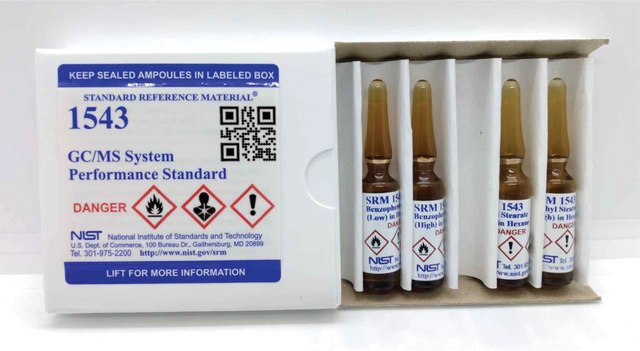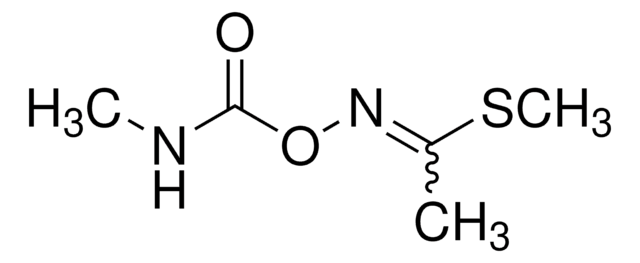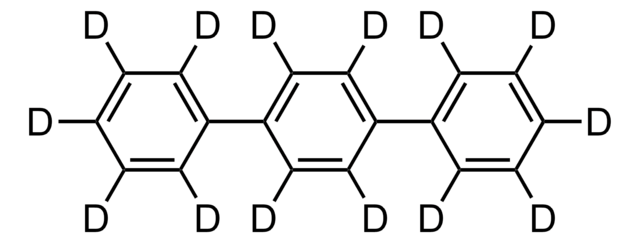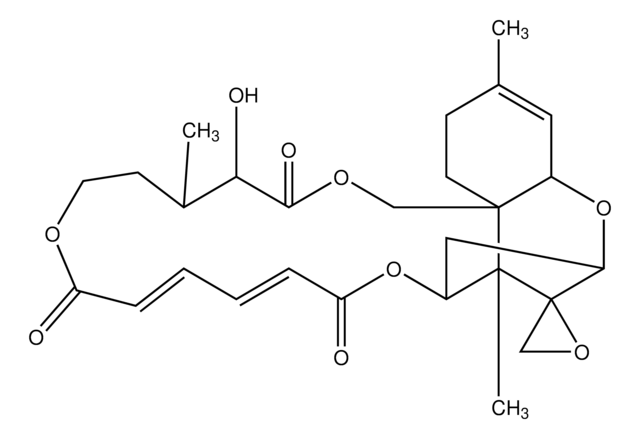Recommended Products
grade
analytical standard
CofA
current certificate can be downloaded
packaging
ampule of 20 mg
technique(s)
HPLC: suitable
gas chromatography (GC): suitable
application(s)
environmental
format
neat
storage temp.
2-30°C
InChI
1S/C10Cl8/c11-3-1-2(5(13)9(17)7(3)15)6(14)10(18)8(16)4(1)12
InChI key
RTNLUFLDZOAXIC-UHFFFAOYSA-N
Application
Refer to the product′s Certificate of Analysis for more information on a suitable instrument technique. Contact Technical Service for further support.
Signal Word
Warning
Hazard Statements
Precautionary Statements
Hazard Classifications
Acute Tox. 4 Oral
Storage Class Code
11 - Combustible Solids
WGK
WGK 3
Flash Point(F)
Not applicable
Flash Point(C)
Not applicable
Personal Protective Equipment
dust mask type N95 (US), Eyeshields, Gloves
Regulatory Information
有毒化学品
Choose from one of the most recent versions:
Already Own This Product?
Find documentation for the products that you have recently purchased in the Document Library.
Anna Orlikowska et al.
Chemosphere, 75(9), 1196-1205 (2009-03-17)
The amounts, profiles and origin of CNs (from triCNs to octaCN) sequestered in Scots pine needles collected from 25 spatially distant sites in Poland have been studied based on congener-specific data obtained after a several clean-up and fractionation steps and
Photolysis of octachloronaphthalene in hexane.
Y S Keum et al.
Bulletin of environmental contamination and toxicology, 72(5), 999-1005 (2004-07-23)
R F Lopshire et al.
Toxicology and industrial health, 12(3-4), 375-391 (1996-05-01)
The exchange reaction of chlorine by oxygen with polychlorinated biphenyl (PCB) anions was explored as a method for composition-selective detection of PCB congeners in a gas chromatograph/tandem mass spectrometer (GC/MS/MS) experiment. The odd-electron molecular anions of PCBs react with molecular
M A Campbell et al.
Toxicology, 22(2), 123-132 (1981-01-01)
Administration of octachloronaphthalene to immature male Wistar rats resulted in a dose-dependent increase in several enzymic, electrophoretic and spectral parameters associated with induction of the hepatic microsomal enzymes. Compared to corn-oil (control)treated animals octachloronaphthalene (150 mumol . kg-1) induced hepatic
A Belfroid et al.
Ecotoxicology and environmental safety, 31(3), 185-191 (1995-08-01)
The uptake and elimination of three superlipophilic compounds (hexabromobenzene, PCB153, and octachloronaphthalene) after dietary uptake was studied in earthworms (Eisenia andrei). All three compounds were taken up from the food, although they did not significantly accumulate despite their hydrophobicity. Both
Our team of scientists has experience in all areas of research including Life Science, Material Science, Chemical Synthesis, Chromatography, Analytical and many others.
Contact Technical Service